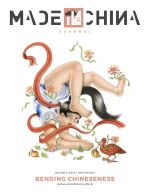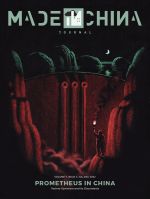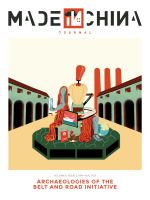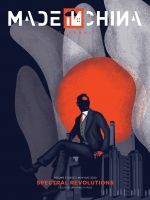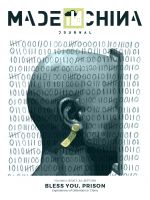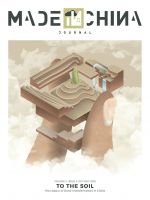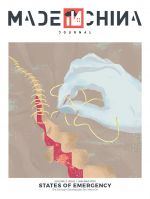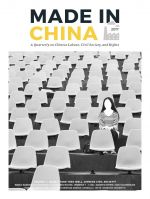Issue #2
Archaeologies of the Belt and Road Initiative
May—August 2021

Since its announcement in 2013, the Belt and Road Initiative (BRI) has become the main lens through which both observers and stakeholders trace China’s global footprint. Whether cheered on as a new engine of economic development in a fraught and increasingly unequal world or frowned upon as a masterplan through which the Chinese authorities are attempting to establish global hegemony, the infrastructure component of the BRI has become such an important frame in discussions of Global China that less tangible aspects that are not in its purview tend to be lost or overlooked.
One of these neglected dimensions is China’s long history of international engagement aimed at building economic, political, social, and cultural ties in both the Global North and the Global South. Frequently, we tend to forget how the international presence of Chinese actors we are currently observing did not just happen overnight, but was built on decades of experience of China’s interaction with the rest of the world.
In the belief that examining these historical precedents can help us shed light on both the continuities and the discontinuities in the practices of today and that only by digging into the dirt of history can we excavate the roots of the dynamics we are witnessing, this issue of the Made in China Journal is dedicated to the ‘archaeologies of the BRI’.
Table of Contents
Op-eds
The Chinese Trade Union to the Rescue: A Real Solution to Platform Workers’ Woes? | Kevin LinThe Third Road: Where Will Xi Jinping Go in 2022? | Ling Li
Is the Asian Infrastructure Investment Bank a Responsible Investor? | Natalie Bugalski and Editors
The Final Sheathing of La Cuarta Espada | Matthew Galway
Focus
The Chronopolitics of the Belt and Road Initiative and Its Reinvented Histories | Maria Adele CarraiThe Past in the Present of Chinese International Development Cooperation | Marina Rudyak
Builders from China: From Third-World Solidarity to Globalised State Capitalism | Hong Zhang
Learning by Heart : Training for Self-Reliance on the TAZARA Railway, 1968–1976 | Jamie Monson
Revolution Offshore, Capitalism Onshore | Taomo Zhou
Who Are Our Friends? Maoist Cultural Diplomacy and the Origins of the People’s Republic of China’s Global Turn | Matthew Galway
From Mao’s Third Front to Xi’s Belt and Road Initiative : A Conversation with Covell Meyskens | Matthew Galway and Covell F. Meyskens
Maoism, Anti-Imperialism, and the Third World | James Gethyn Evans
A Brief History of Pakistan–China Legal Relations | Matthew S. Erie
From Neoliberalism to Geoeconomics | Gregory V. Raymond
Growing Up and Going Global: Chinese Universities in the Belt and Road Initiative | Andrea Braun Střelcová
Forum
Chinese Feminism Under (Self-)Censorship: Practice and Knowledge Production | Zeng Jinyan(Self-)Censorship and Chinese Feminist Networking in a Global Perspective | Wang Zheng
Sexuality, Feminism, Censorship | Ye Haiyan
Online (Self-)Censorship on Feminist Topics: Testimony of a #MeToo Survivor | Xianzi
Overcoming the Conundrum of Being Made ‘Politically Sensitive’: Anti–Sexual Harassment Movements and (Self-)Censorship | Feng Yuan
On Silence and the Reestablishment of Non-Western Connections | Dušica Ristivojević
Taking a Step Back to Conduct Research and Liberal Feminism as a Theory of Action | Huang Yun
Global China Pulse
In the Interstices of Patriarchal Order: Spaces of Female Agency in Chinese–Tajik Labour Encounters | Irna HofmanChina’s Overseas Coal Pledge: What Next for Cambodia’s Energy Development? | Editors
Ruptured Worlds: A Photo Essay on the Lower Sesan 2 Dam, Cambodia | Sarah Milne, Sango Mahanty and Thomas Cristofoletti
Under the Water: Cambodian Artist Sreymao Sao on the Lived Experience of Hydropower Dams | Soksophea Suong, Sango Mahanty, Sarah Milne and Sreymao Sao


